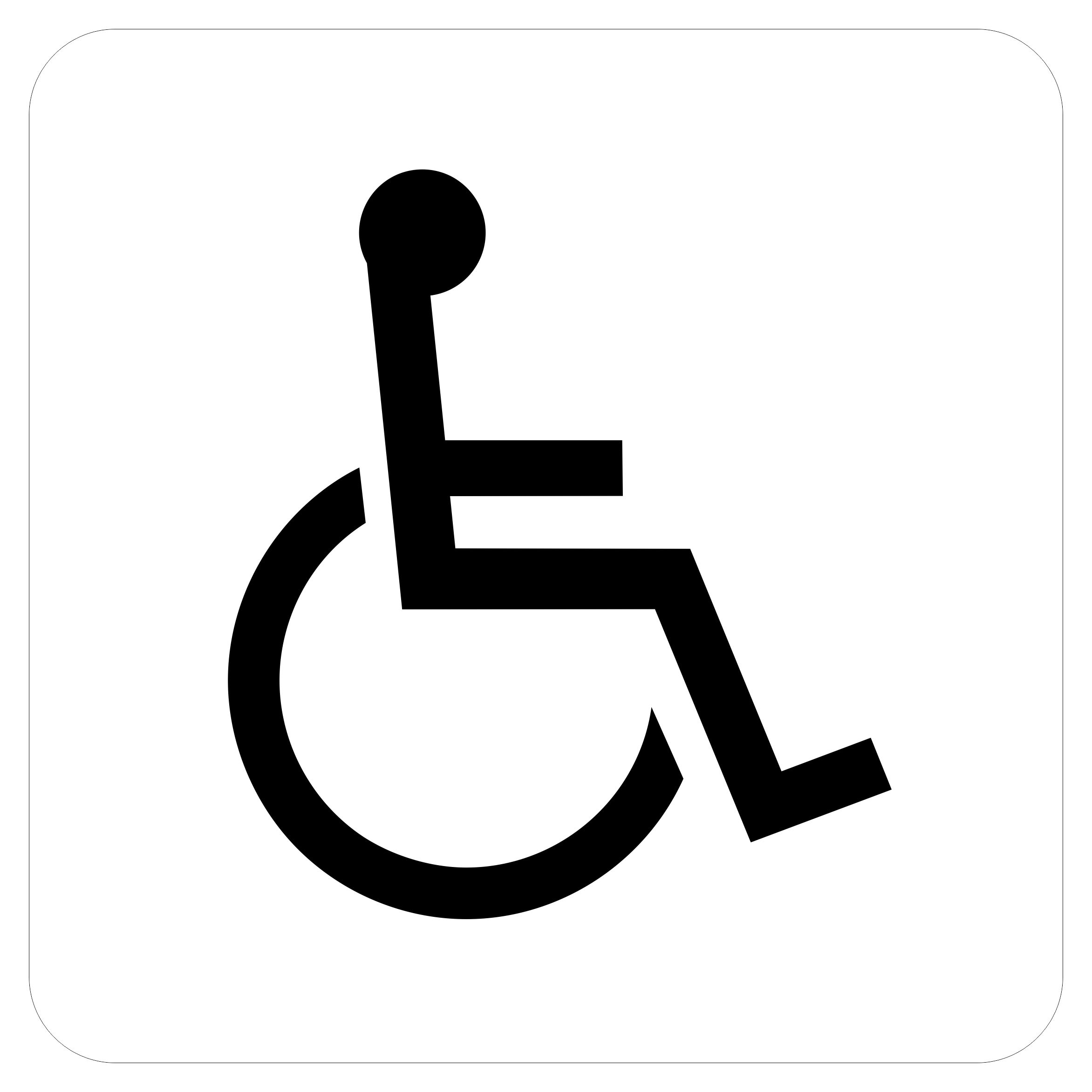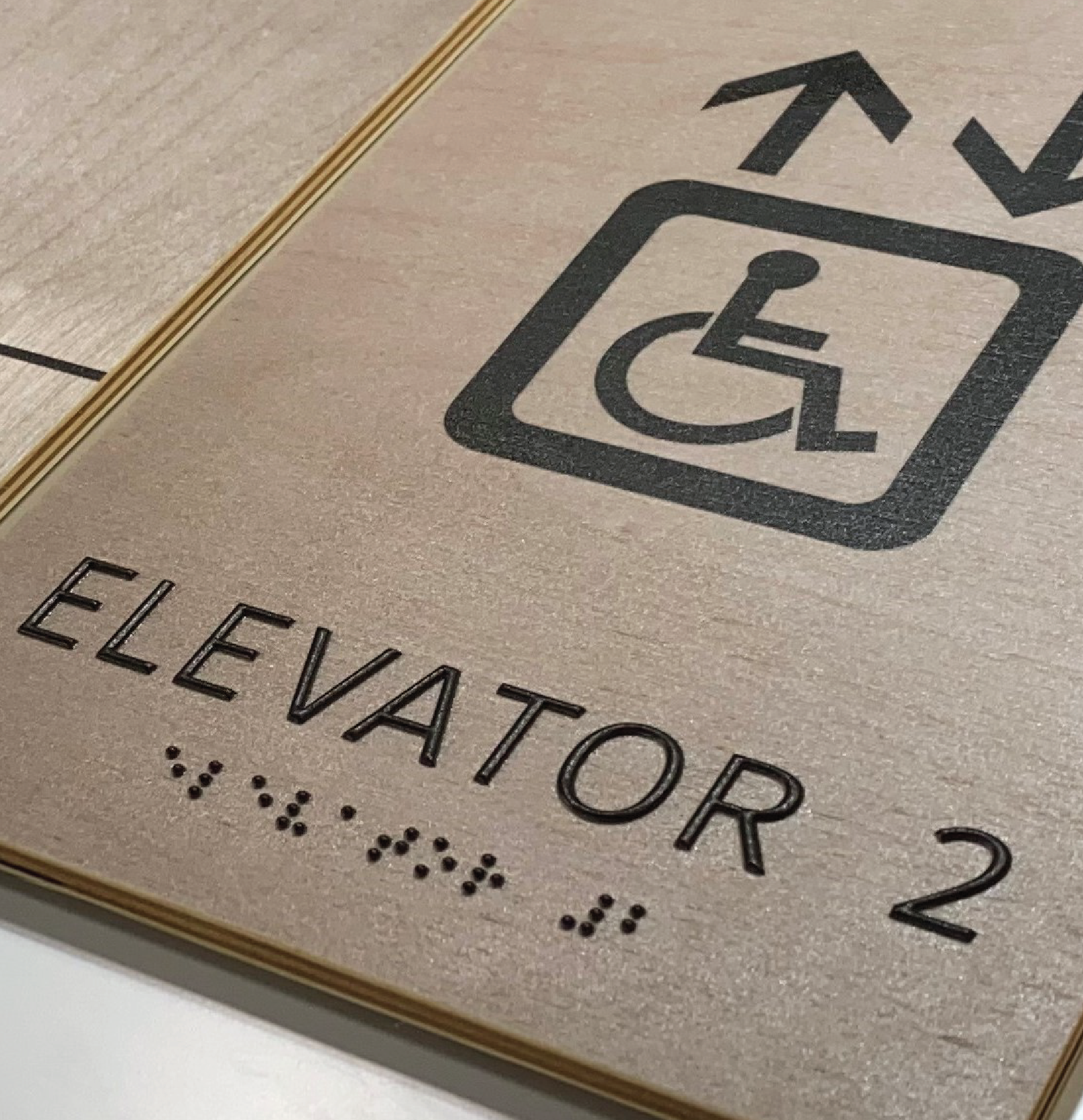Customizing ADA Signs to Satisfy Your Specific Requirements
Customizing ADA Signs to Satisfy Your Specific Requirements
Blog Article
Exploring the Key Features of ADA Indications for Improved Access
In the realm of availability, ADA indications offer as silent yet effective allies, guaranteeing that rooms are inclusive and accessible for individuals with specials needs. By integrating Braille and tactile elements, these indications damage barriers for the visually damaged, while high-contrast color systems and legible font styles provide to diverse aesthetic demands.
Significance of ADA Conformity
Ensuring compliance with the Americans with Disabilities Act (ADA) is important for cultivating inclusivity and equal access in public areas and workplaces. The ADA, passed in 1990, mandates that all public centers, companies, and transport services suit people with specials needs, ensuring they take pleasure in the exact same civil liberties and possibilities as others. Compliance with ADA criteria not just fulfills legal responsibilities yet also improves a company's reputation by demonstrating its commitment to variety and inclusivity.
One of the vital facets of ADA conformity is the application of available signage. ADA signs are developed to ensure that people with specials needs can easily browse via buildings and spaces.
Moreover, sticking to ADA guidelines can reduce the risk of legal consequences and potential penalties. Organizations that fail to abide with ADA guidelines might encounter claims or charges, which can be both destructive and economically burdensome to their public picture. Therefore, ADA compliance is indispensable to promoting a fair atmosphere for every person.
Braille and Tactile Components
The consolidation of Braille and tactile aspects into ADA signs symbolizes the concepts of availability and inclusivity. It is typically positioned underneath the equivalent message on signs to ensure that individuals can access the details without visual support.
Responsive aspects extend beyond Braille and consist of elevated symbols and personalities. These parts are made to be noticeable by touch, permitting individuals to recognize area numbers, toilets, leaves, and other critical locations. The ADA establishes specific guidelines regarding the dimension, spacing, and positioning of these tactile elements to maximize readability and make certain consistency throughout various environments.

High-Contrast Shade Plans
High-contrast color design play a critical duty in improving the exposure and readability of ADA signs for individuals with visual problems. These plans are important as they take full advantage of the difference in light reflectance between message and background, making certain that indications are conveniently discernible, even from a range. The Americans with Disabilities Act (ADA) mandates the use of specific color contrasts to suit those with limited vision, making it a critical element of conformity.
The effectiveness of high-contrast shades lies in their ability to attract attention in various lights conditions, including poorly lit atmospheres and locations with glare. Commonly, dark text on a light history or light message on a dark background is used to achieve ideal comparison. For instance, black text on a yellow or white history supplies a plain aesthetic distinction that assists in fast recognition and understanding.

Legible Fonts and Text Size
When considering the layout of ADA signs, the choice of readable font styles and appropriate message dimension can not be overstated. These elements are crucial for making certain that indicators are obtainable to people with visual impairments. read the article The Americans with Disabilities Act (ADA) mandates that fonts need to be not italic and sans-serif, oblique, manuscript, very attractive, or of uncommon type. These needs assist ensure that the message is conveniently readable from a range which the characters are distinguishable to diverse target markets.
According to ADA guidelines, the minimal text elevation need to be 5/8 inch, and it should boost proportionally with seeing distance. Uniformity in text size adds to a natural aesthetic experience, assisting individuals in navigating environments efficiently.
Furthermore, spacing in between lines and letters is important to clarity. Ample spacing stops characters from appearing crowded, boosting readability. By sticking to these requirements, designers can significantly enhance access, ensuring that signage serves its desired function for all people, despite their visual abilities.
Reliable Placement Techniques
Strategic placement of ADA signage is necessary for making best use of access and making certain conformity with lawful standards. Correctly located signs guide people with specials needs efficiently, promoting navigating in public spaces. Secret considerations consist of proximity, visibility, and height. ADA standards state that indications should be installed at an elevation between 48 to 60 inches from the ground to ensure they are within the line of view for both standing and seated individuals. This typical elevation array is vital for inclusivity, allowing mobility device customers and individuals of varying elevations to accessibility info easily.
In addition, signs should be positioned nearby to the lock side of doors to permit easy identification prior to entry. This positioning assists people locate spaces and areas without obstruction. In instances where there is no door, indicators must be located on the local adjacent wall. Uniformity in indication positioning throughout a facility boosts predictability, minimizing complication and boosting general customer experience.

Final Thought
ADA indications play an essential role in advertising access by integrating features that deal with the needs of individuals with specials needs. These components jointly foster an inclusive setting, underscoring the relevance of ADA compliance in guaranteeing equivalent accessibility for all.
In the world of access, ADA signs offer as quiet yet powerful allies, making certain that spaces are navigable and inclusive for people site link with specials needs. more The ADA, enacted in 1990, mandates that all public facilities, employers, and transport services suit people with disabilities, guaranteeing they appreciate the same rights and opportunities as others. ADA Signs. ADA indicators are developed to ensure that individuals with disabilities can quickly navigate with spaces and buildings. ADA standards specify that indications need to be placed at an elevation in between 48 to 60 inches from the ground to ensure they are within the line of sight for both standing and seated individuals.ADA signs play an essential function in promoting ease of access by incorporating attributes that resolve the needs of people with disabilities
Report this page